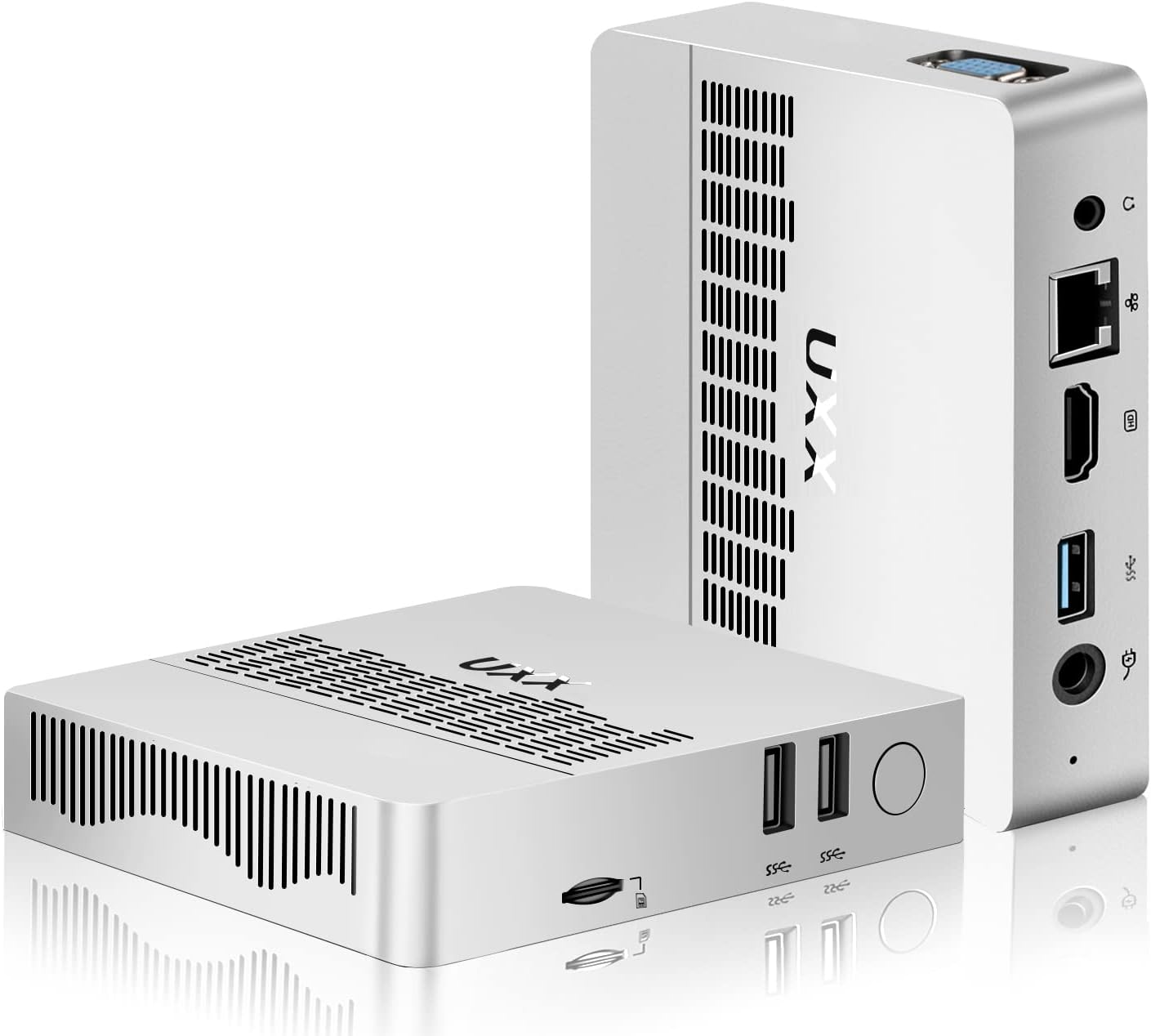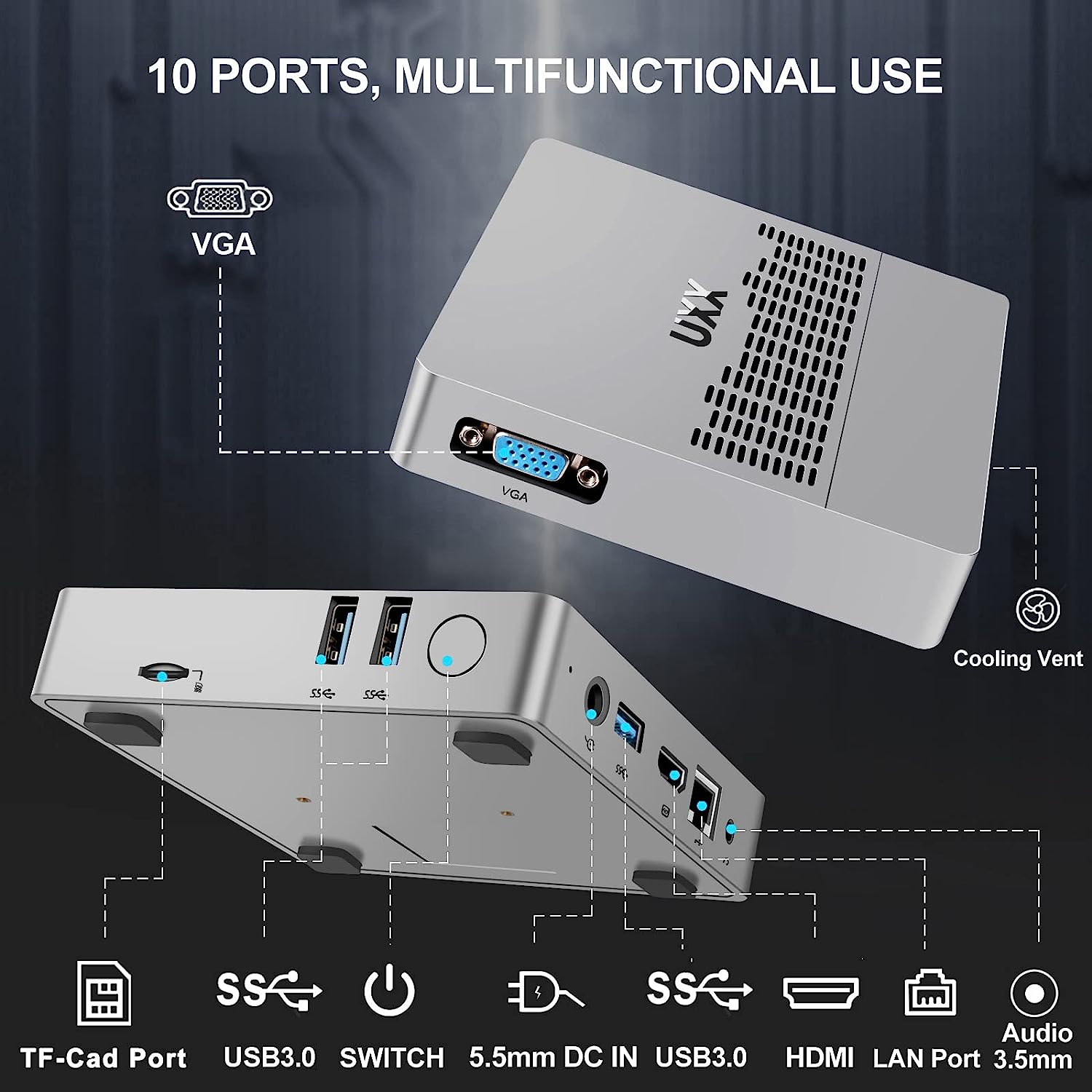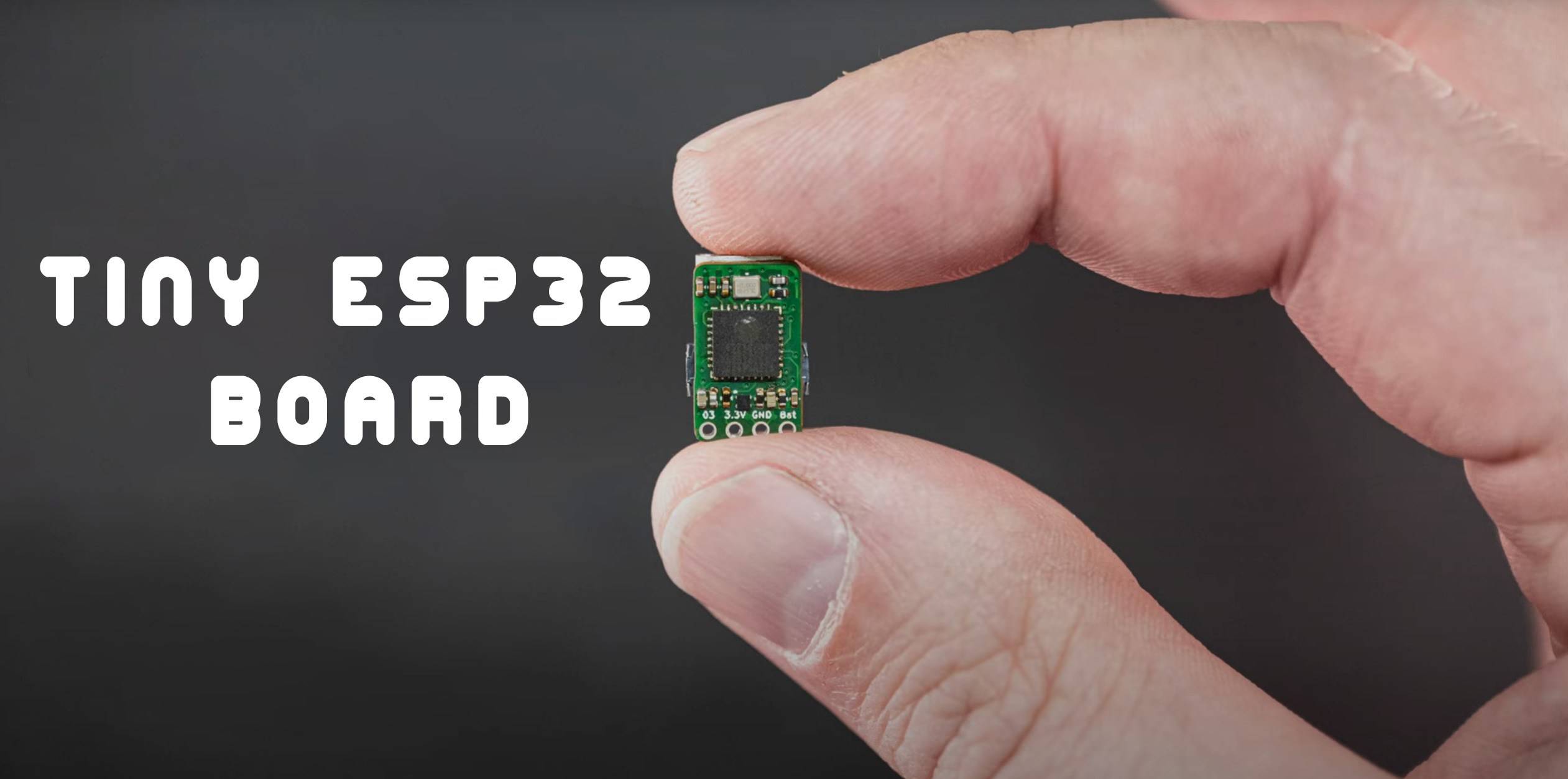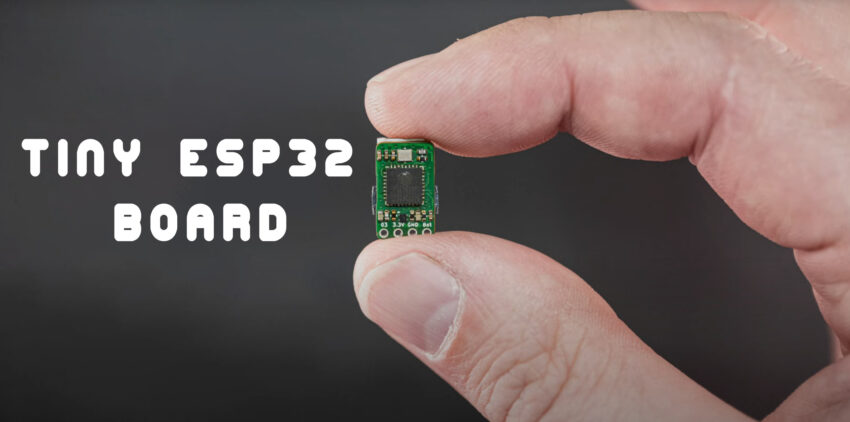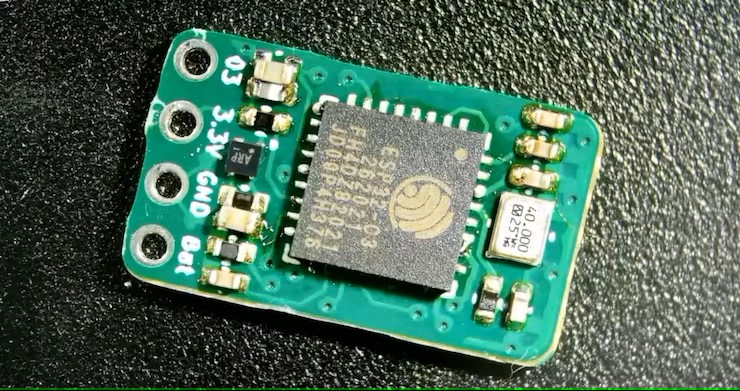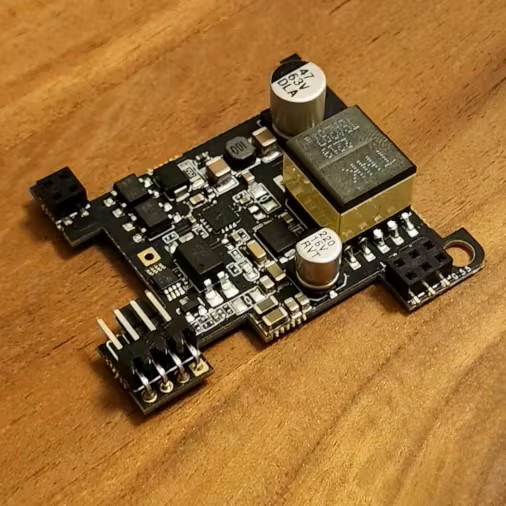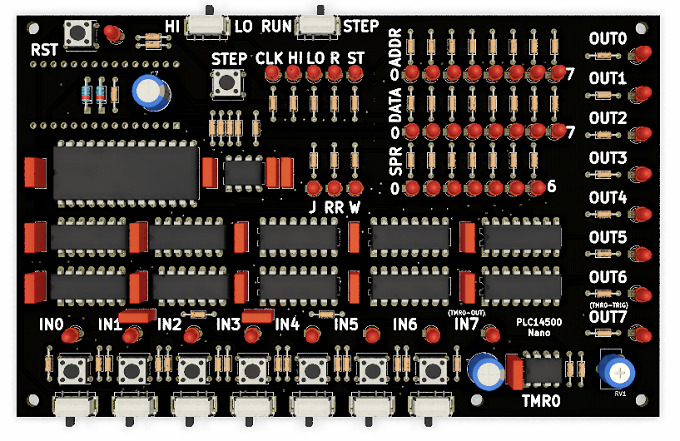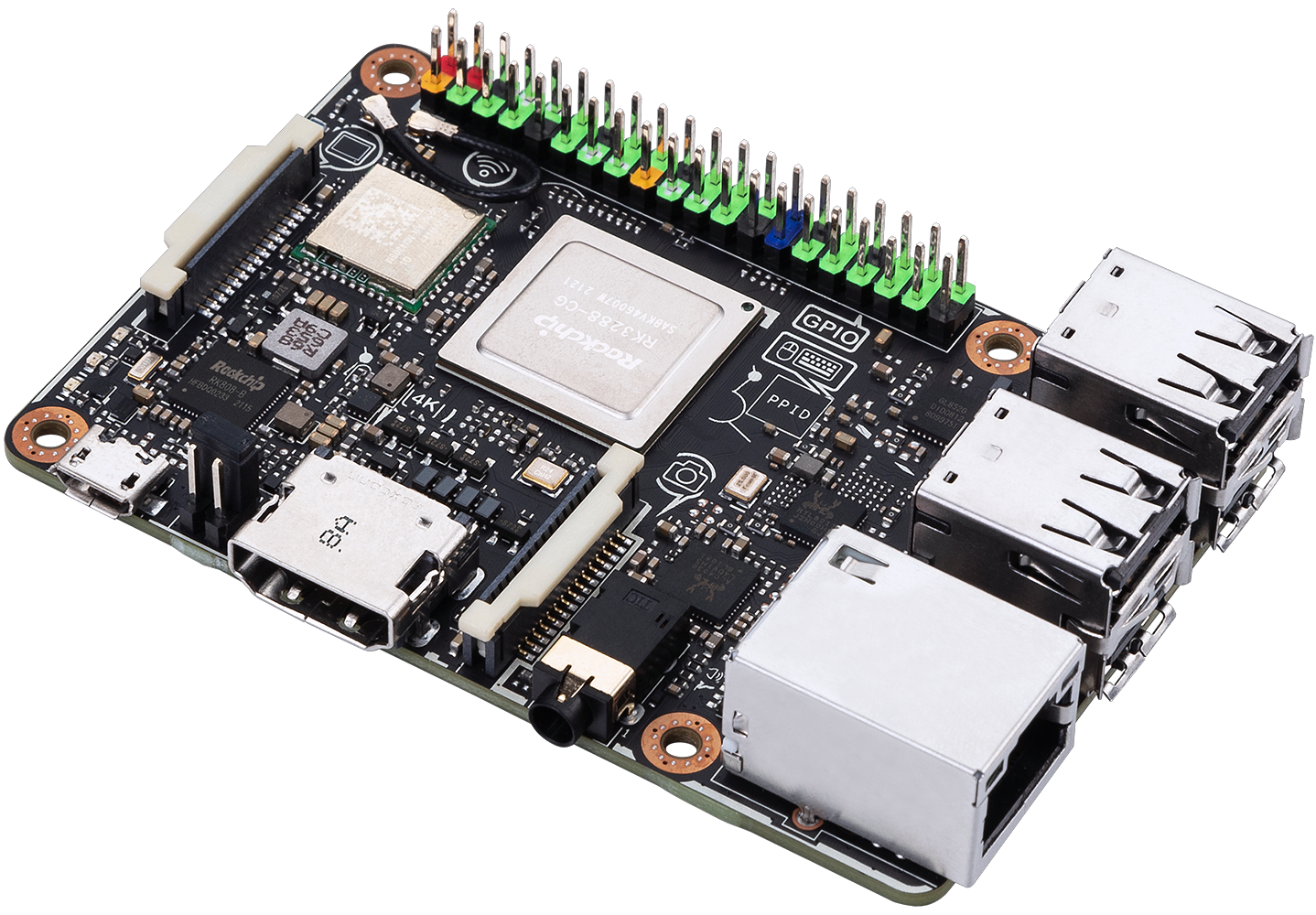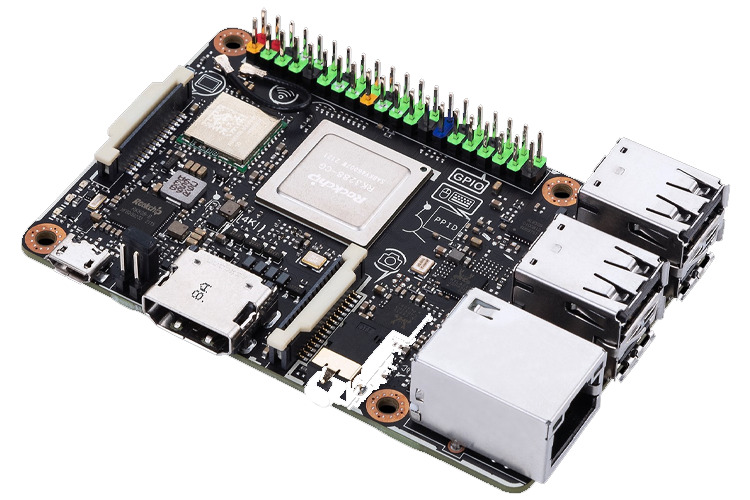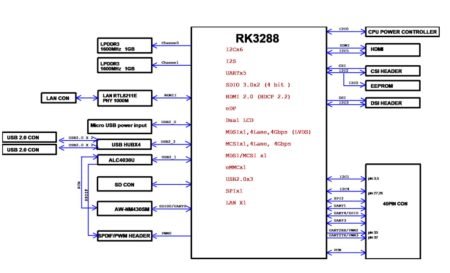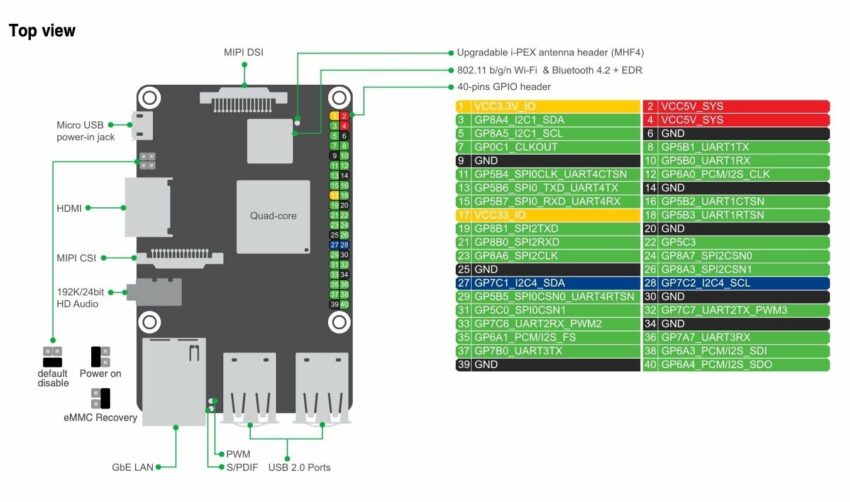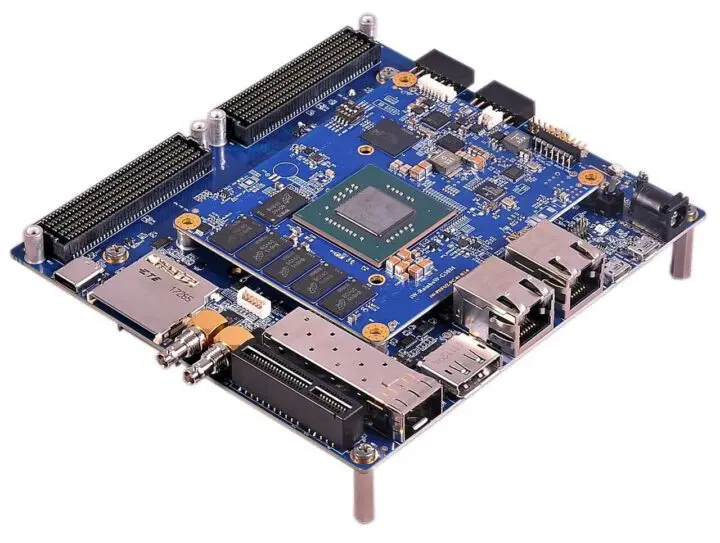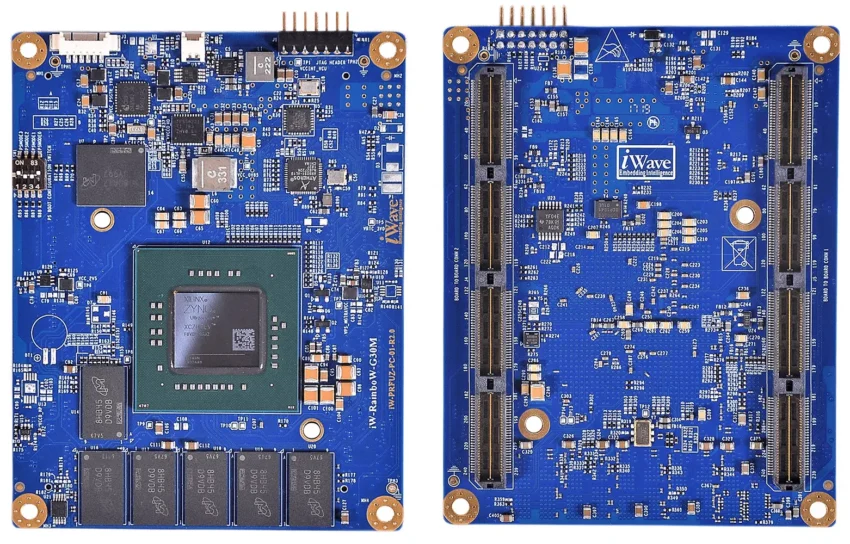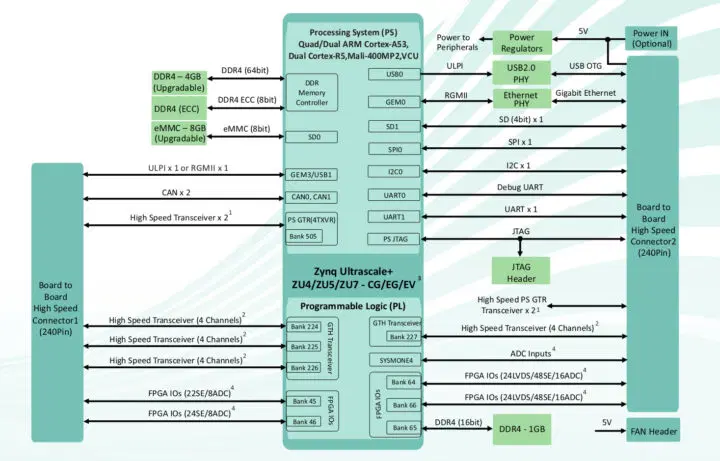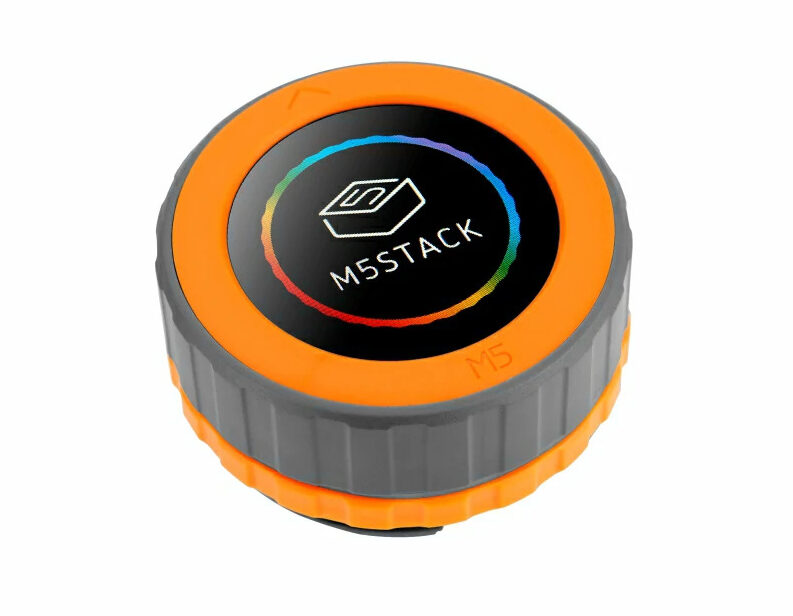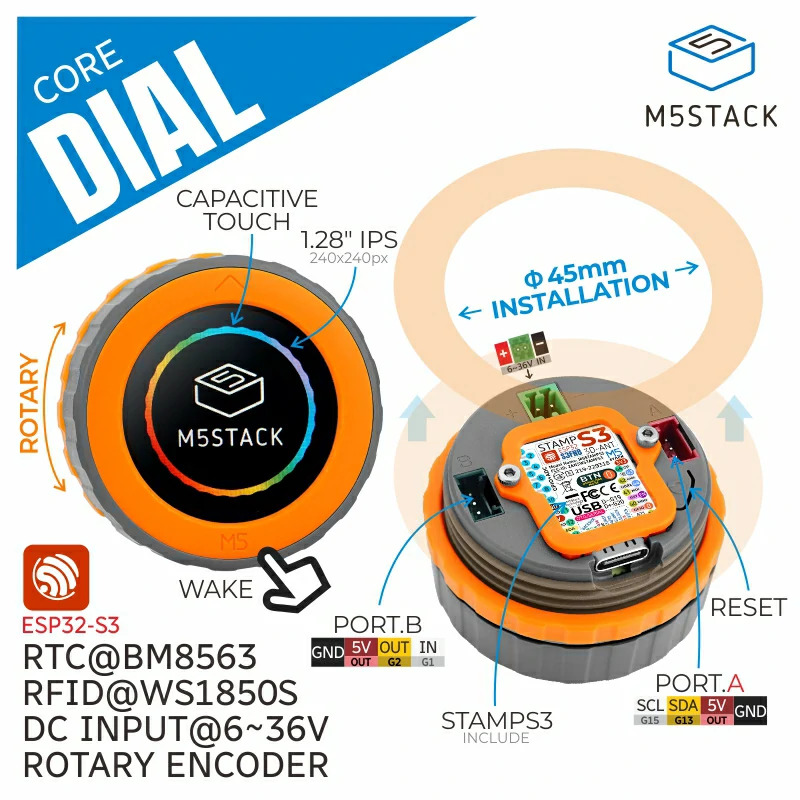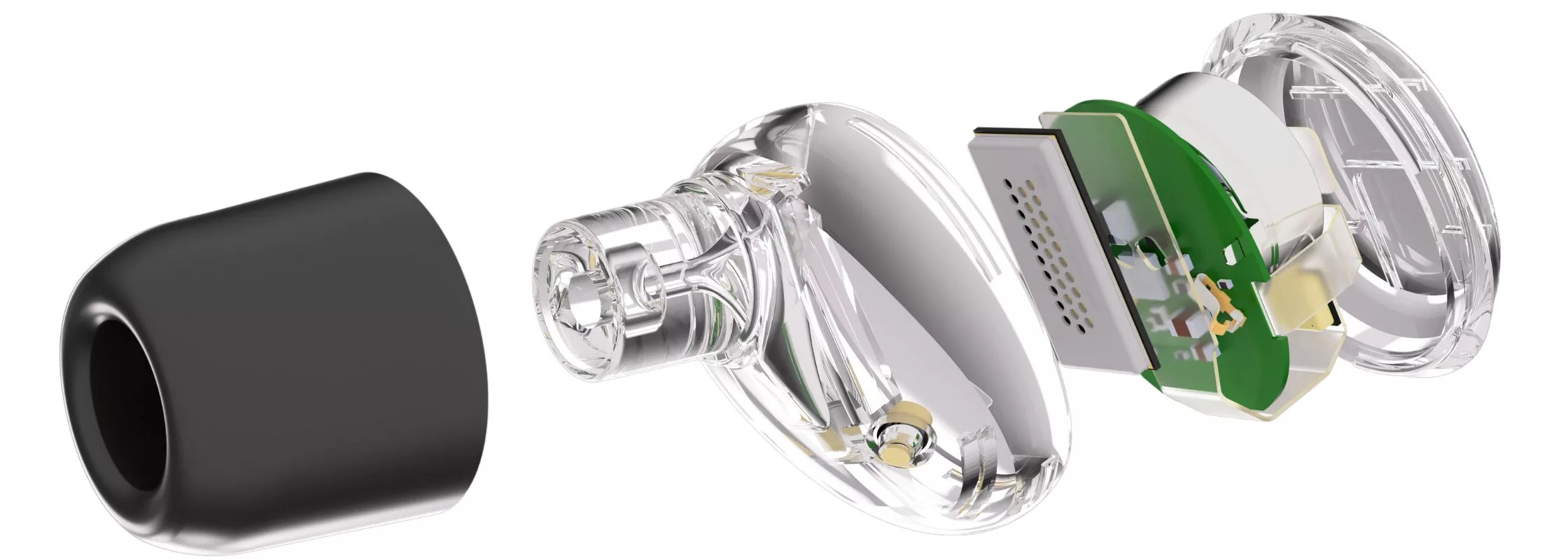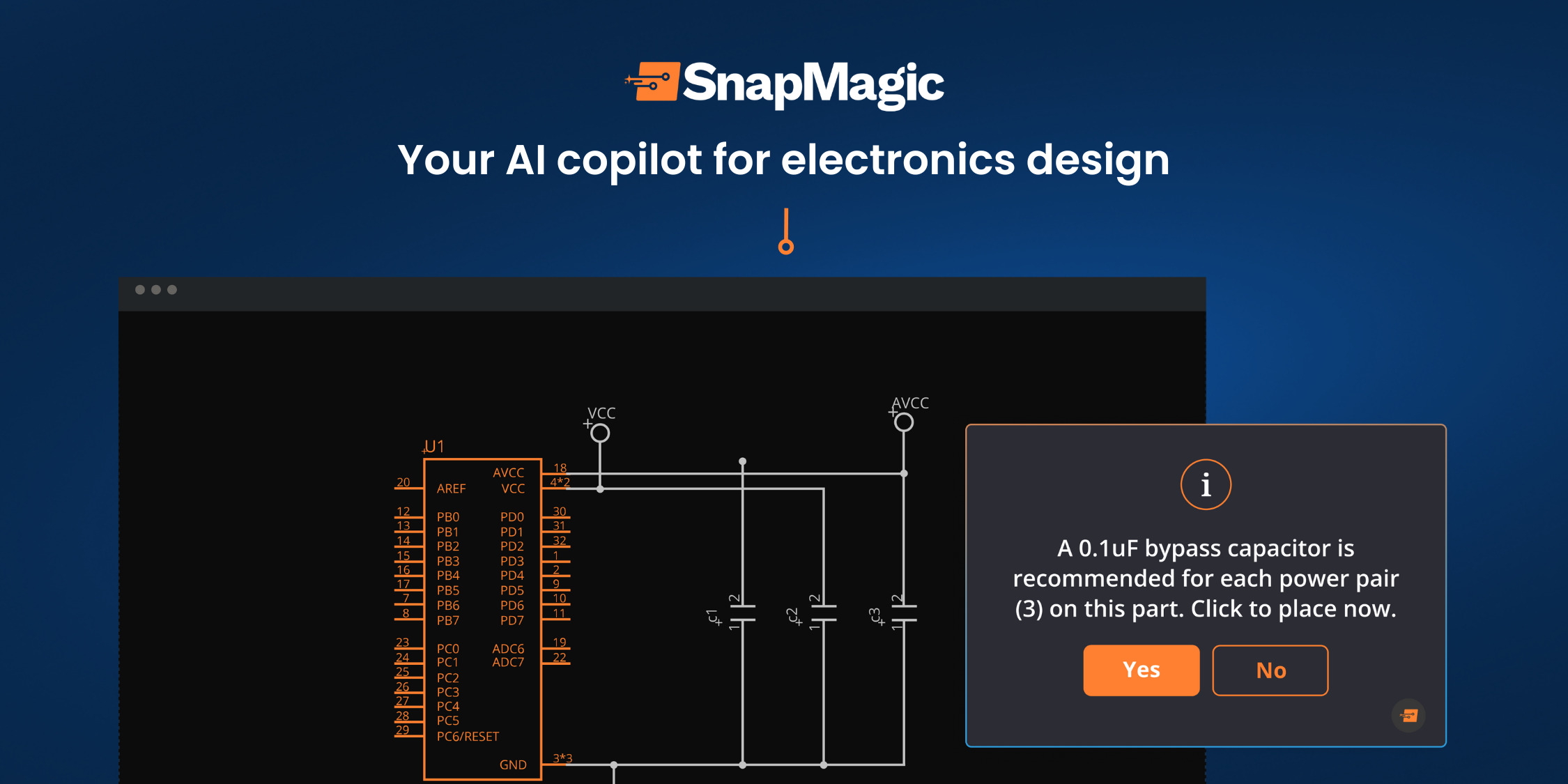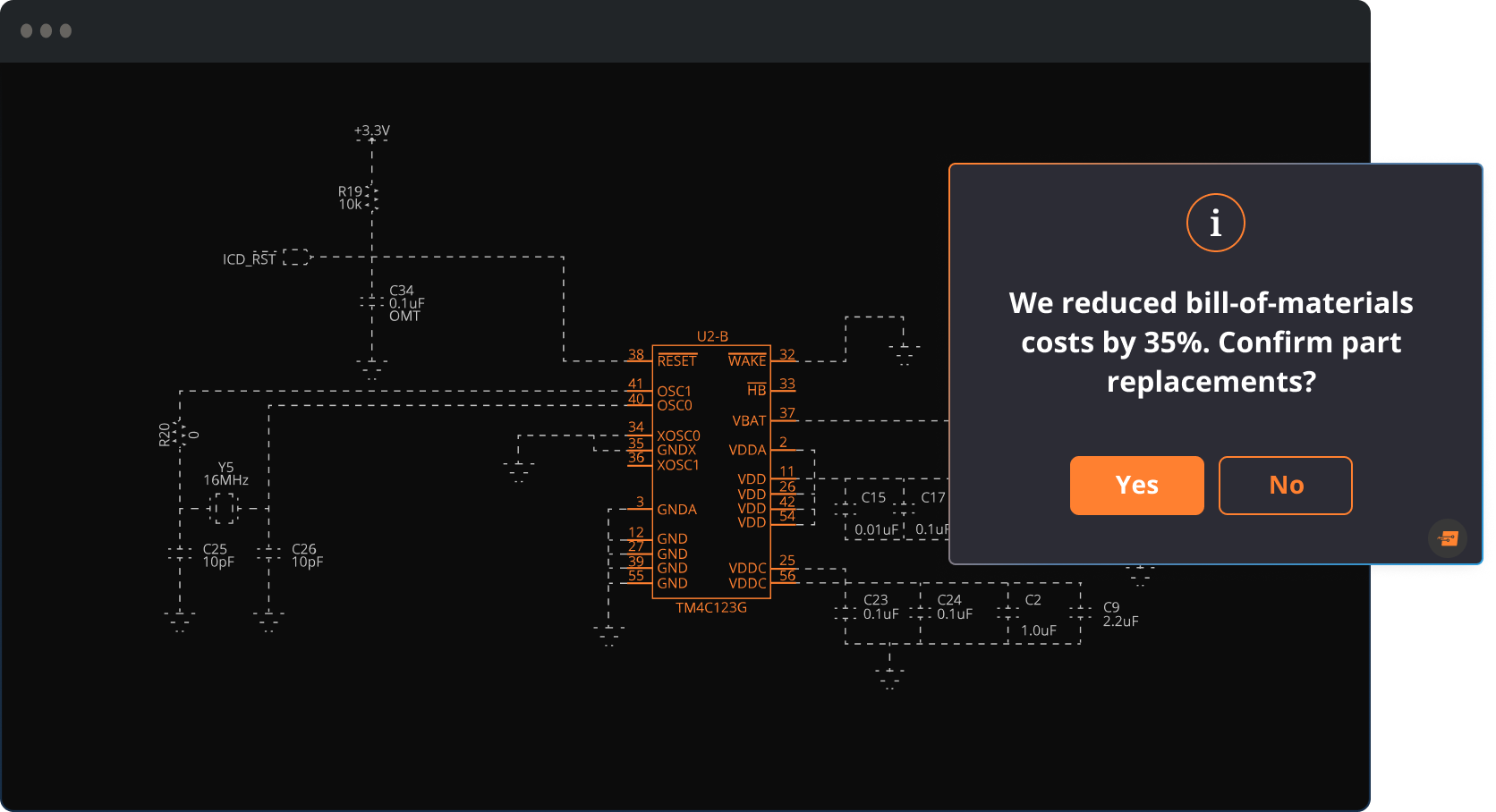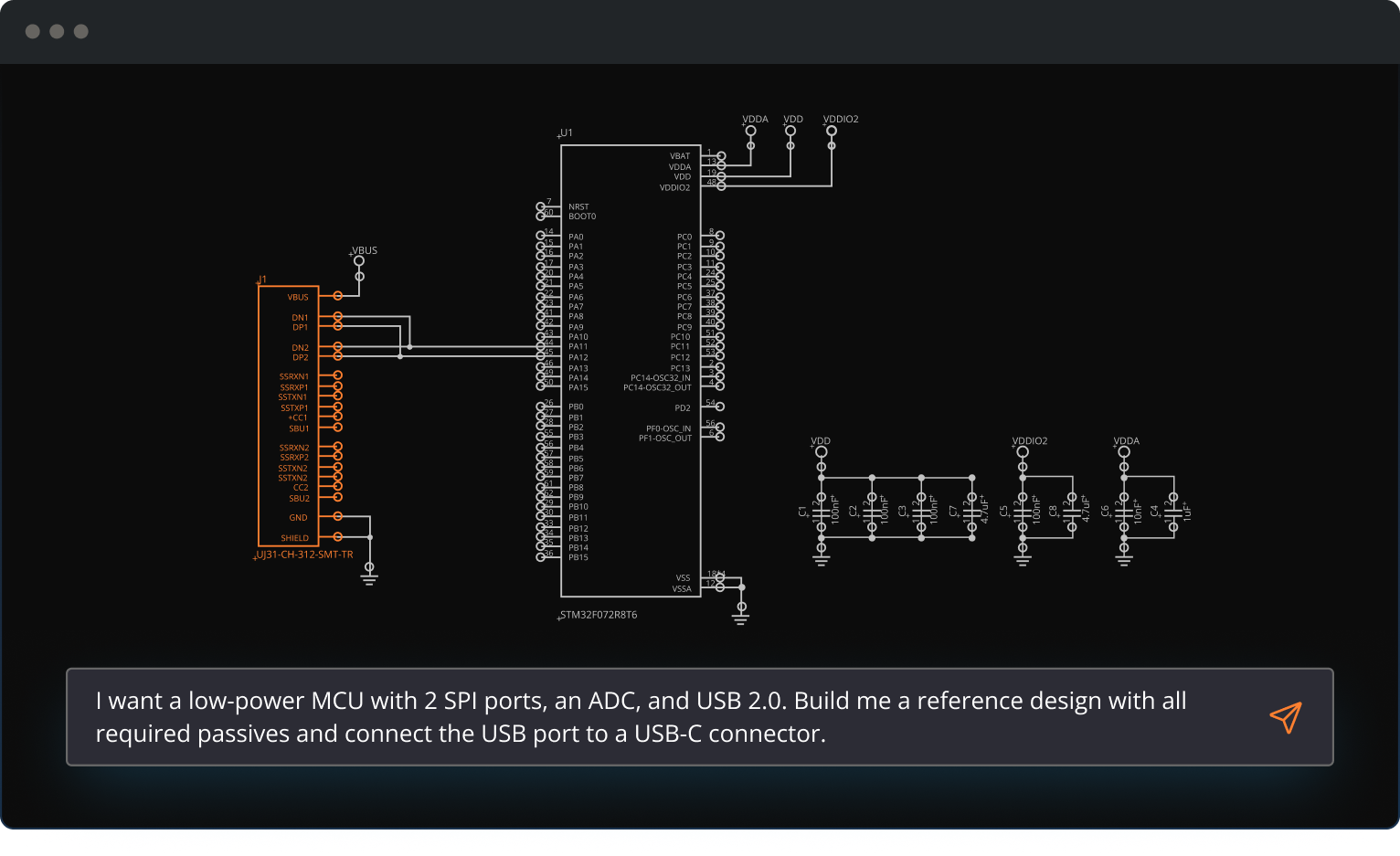A few years back it was very easy to find budget-friendly min PCs for less than $100 that could do minimalistic tasks like running your local server or maybe a custom script that needs to run 24×7. But it’s harder to find cheap Intel mini PCs unless you buy them used.
But now there is this UXX mini PC which is selling for $97 on Amazon with the system powered by an Intel Celeron N3350 Apollo Lake processor and hosting 6GB of RAM and 64GB of eMMC flash storage upgradable up to 512GB with an external SSD preloaded with Windows 10.
UXX Mini PC Specifications:
- SoC: Intel Celeron N3350 dual-core (1.1 GHz / 2.4 GHz), 12 EU Intel HD Graphics 500 (200 MHz / 650 MHz); 6W TDP
- Memory: 4GB DDR4
- Storage: 64GB eMMC, M.2 2242 socket for SATA SSD, Full-size SD slot
- Video: HDMI 1.4 (up to 4Kp30), VGA; supports two displays
- Audio: 3.5mm headphone+mic jack, digital audio via HDMI
- Connectivity: Gigabit Ethernet, Dual-band WiFi 5, Bluetooth 4.2
- USB: 3x USB 3.0 ports
- Misc: Power button, Reset pinhole
- Power: 12V DC
- Size: 12 x 12 x 2.8 cm
- Weight: 250g
I wouldn’t suggest this system for regular use like checking emails or browsing the web, as it might feel slow and has limited memory and storage. However, it could be a cheap option for a home theater PC or a smart home hub using Home Assistant, especially with added wireless adapters for Zigbee or Z-Wave. A better option might be to invest in a slightly more expensive mini PC with better speed and more memory and storage, which would provide a smoother experience for everyday tasks and possibly serve well in a home theater or smart home setup too.


